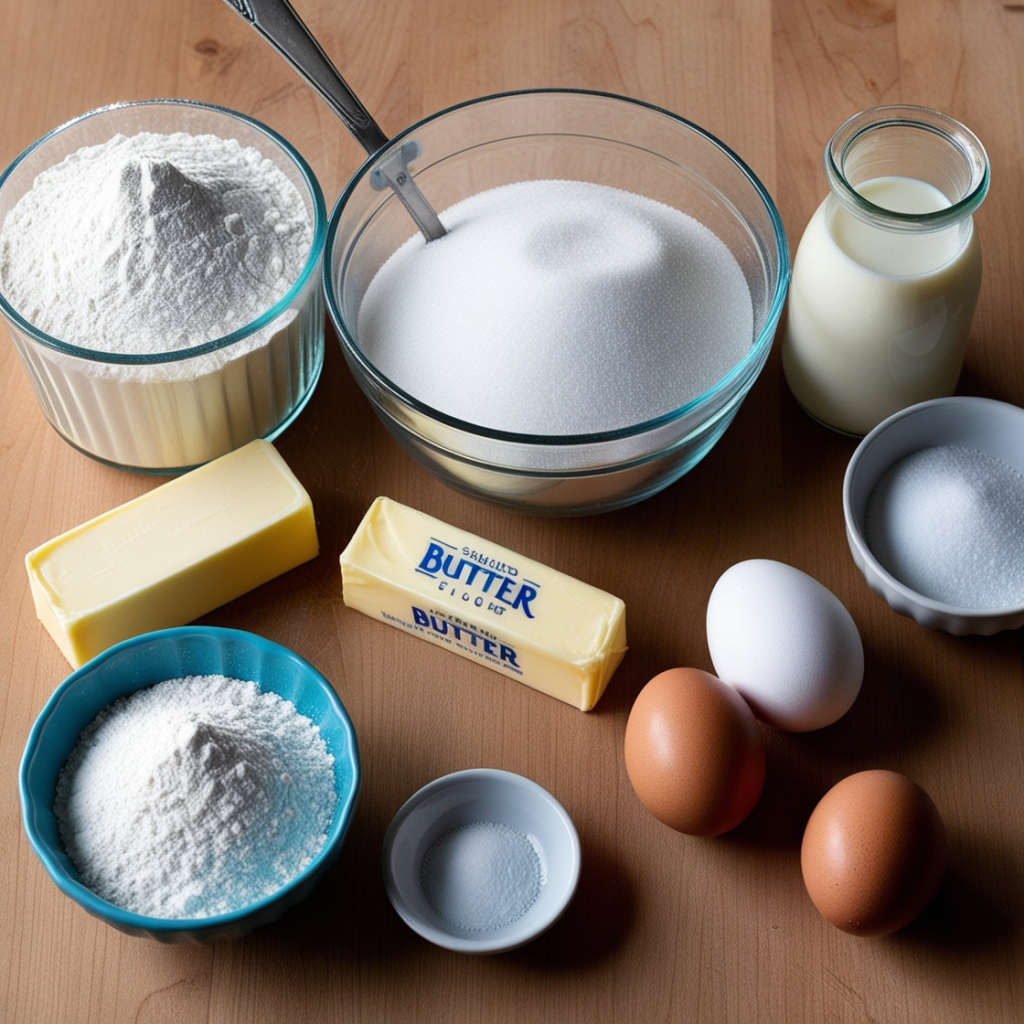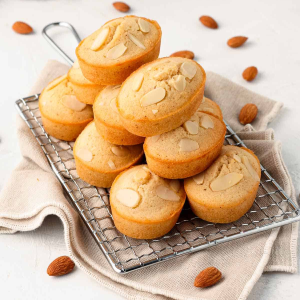Bundt cakes are a delightful treat that brings a touch of elegance to any gathering. Their unique shape and rich flavors make them a favorite among dessert lovers. In this article, we’ll explore some easy-to-follow small bundt cake recipes, including nutritional value, ingredients, preparation methods, variations, and answers to frequently asked questions.

Nutritional Value
While the nutritional value of each small bundt cake will vary depending on the ingredients used, here’s a general breakdown for a standard vanilla small bundt cake (per serving, about 1/8 of a cake):
- Calories: 200
- Protein: 3g
- Carbohydrates: 30g
- Fat: 8g
- Fiber: 1g
- Sugar: 15g
These values can fluctuate based on ingredients like chocolate, fruits, or nuts added to the cake.
Ingredients
Basic Small Bundt Cake Recipe
Ingredients:

- 1 ½ cups all-purpose flour
- 1 cup granulated sugar
- ½ cup unsalted butter, softened
- 2 large eggs
- 1 teaspoon vanilla extract
- 1 teaspoon baking powder
- ½ teaspoon baking soda
- ½ teaspoon salt
- ½ cup buttermilk
Instructions
How to Make Small Bundt Cakes

- Preheat the Oven: Preheat your oven to 350°F (175°C) and grease your small bundt pan with non-stick spray.
- Mix Dry Ingredients: In a bowl, whisk together flour, baking powder, baking soda, and salt. Set aside.
- Cream Butter and Sugar: In another large bowl, beat the softened butter and granulated sugar until light and fluffy.
- Add Eggs and Vanilla: Beat in the eggs one at a time, followed by the vanilla extract.
- Combine Mixtures: Gradually add the dry ingredients to the wet mixture, alternating with buttermilk, starting and ending with the flour mixture. Mix until just combined.
- Fill the Pan: Pour the batter into the prepared bundt pan, filling it about two-thirds full.
- Bake: Bake in the preheated oven for 25-30 minutes, or until a toothpick inserted into the center comes out clean.
- Cool and Serve: Allow the cakes to cool in the pan for 10 minutes, then invert onto a wire rack to cool completely. Serve plain or with your favorite glaze.
Variations

Here are a few delightful variations to try with your small bundt cakes:
- Chocolate Bundt Cake: Substitute ½ cup of flour with unsweetened cocoa powder for a rich chocolate flavor.
- Lemon Bundt Cake: Add the zest of one lemon and replace some of the buttermilk with fresh lemon juice for a zesty twist.
- Red Velvet Bundt Cake: Incorporate red food coloring into the batter and add cream cheese frosting for a classic treat.
- Carrot Bundt Cake: Add 1 cup of grated carrots, ½ cup of crushed pineapple, and spices like cinnamon and nutmeg for a delightful spice cake.
Frequently Asked Questions
1. How do I store small bundt cakes?
Store small bundt cakes in an airtight container at room temperature for up to three days. For longer storage, refrigerate them for up to a week or freeze for up to three months.
2. Can I make the batter in advance?
Yes! You can prepare the batter a day ahead and refrigerate it. However, it’s best to bake it fresh for optimal texture.
3. Can I use gluten-free flour?
Absolutely! You can substitute all-purpose flour with a gluten-free blend. Ensure it contains xanthan gum for the best texture.
4. What can I use instead of buttermilk?
If you don’t have buttermilk, you can make a substitute by adding 1 tablespoon of vinegar or lemon juice to a cup of milk. Let it sit for about 5 minutes before using.
Small bundt cakes are versatile, delicious, and perfect for any occasion. Whether you choose a classic recipe or one of the delightful variations, these cakes are sure to impress. With simple ingredients and easy instructions, you can create a delicious dessert that will be a hit with family and friends. Enjoy baking your small bundt cakes today!





